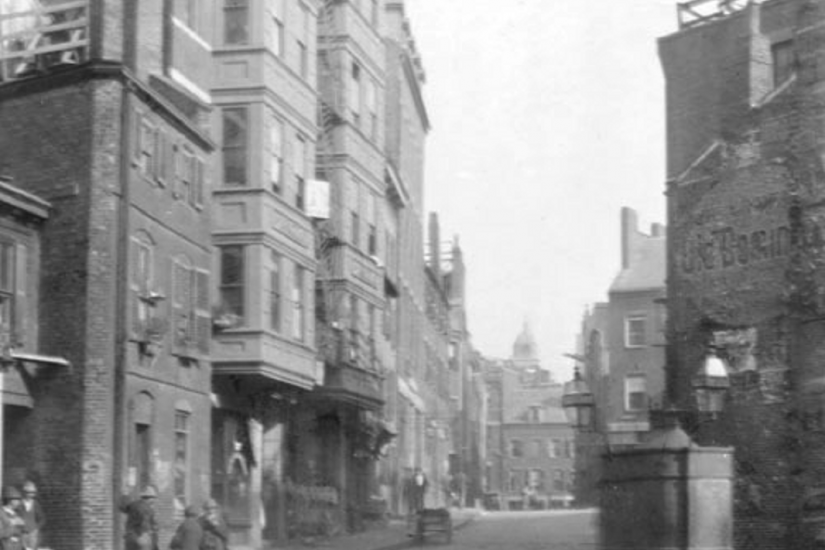Since the nineteenth century, sex-trafficking reformers have come from many different groups, all with different agendas. “In contemporary anti-trafficking campaigns,” scholar Elizabeth Bernstein argued in 2010, “it is ironically secular feminists who are advocating for family values, together with a new middle-class contingent of evangelical Christians.” Both groups, says Bernstein, share “the conviction that sexuality should be kept within the confines of the romantic couple serves to cement a political alliance between ideologically disparate constituencies.”
Anti-sex-trafficking campaigns have never been proved to be effective in eliminating sex trafficking. They have clearly been successful in generating money and attention for other causes as various as women’s suffrage, labor laws, prostitution reform, religious groups, and immigration reform, however. These other agendas often crowded out the women at the center of the fight. For the most part, prostitutes’ voices have been erased from history, aside from in vice reports and a few memoirs, so the history we end up with is of people suppressing prostitution, not those engaged in it.
Prostitution has not always been illegal in the U.S. During the colonial era, prostitution was basically legal, although sometimes vagrancy laws and similar statutes that did not specifically target the sex trade were used to arrest prostitutes. There were no federal anti-prostitution laws before 1910.
Prostitution had a quasi-legal status. Laws governing it differed from state to state and sometimes from city to city. It was tolerated in the nineteenth century. Many cities had flourishing red-light districts—even though by that time in many states and cities prostitution was technically illegal—such as New Orleans’ Storyville and Chicago’s Levee districts. The criminalization of prostitution was directly linked to anti–white slavery campaigns. It wasn’t until 1919 that a federal law criminalizing prostitution was passed. And it took until 1925 for all existing states to enact their own anti-prostitution laws.
Anti-trafficking campaigns were an effective way to discriminate against all “undesirable” ethnic groups. Italians were targeted, as were the Chinese. One of the earliest organized campaigns against sex trafficking in the United States centered on “immoral” Chinese women who were supposedly leading white men and boys on a dangerous, debauched path and spreading syphilis as they went.
In a response to the so-called Yellow Slavery, California congressman Horace Page drafted a law to “end the danger of cheap Chinese labor and immoral Chinese women.” The anti-immigrant, anti-Chinese Page Act was passed in 1875, setting the template for over a century of legislators using human-trafficking laws to discriminate against unpopular groups. The measure prohibited the transportation of immigrants from China, Japan, “or any Oriental country” to the U.S. for “lewd and immoral purposes,” including “prostitution.” The law also made it illegal to transport any Asian people for involuntary work, but prostitution was singled out and punished the most harshly. Asian prostitutes were also banned from immigrating to the U.S. The Page Act was one of the first laws to conflate trafficking with prostitution.
